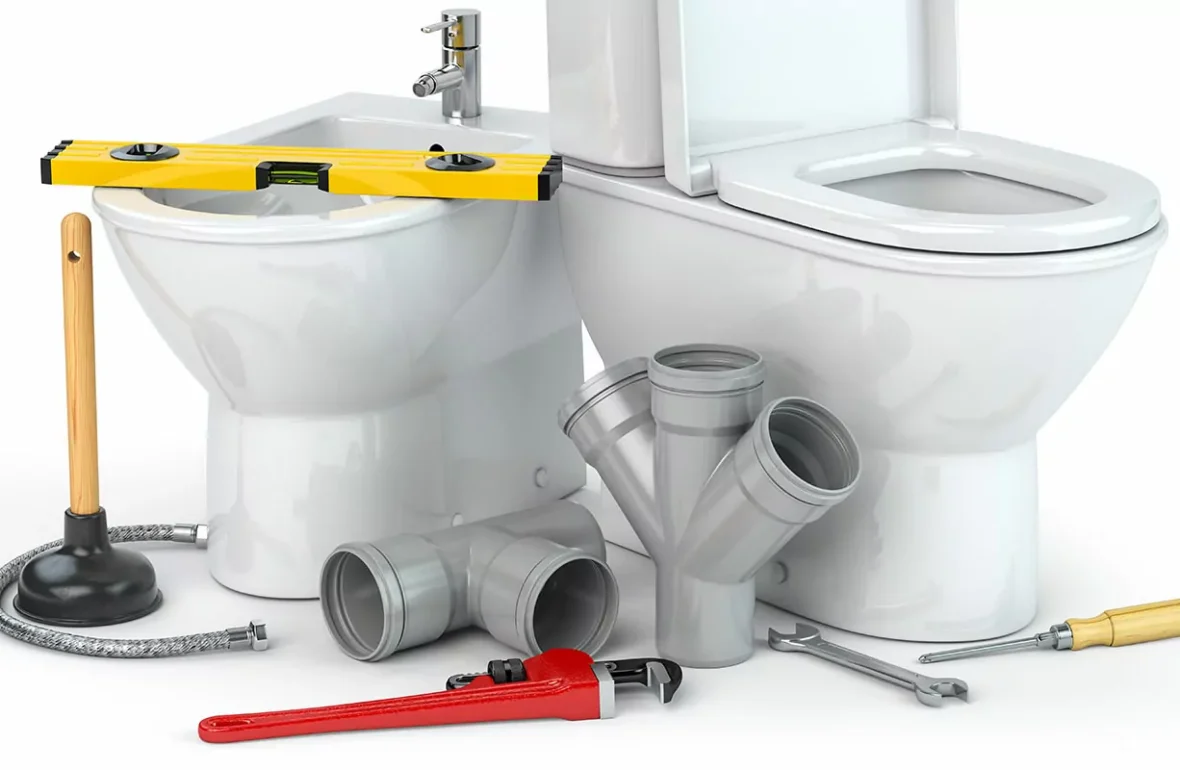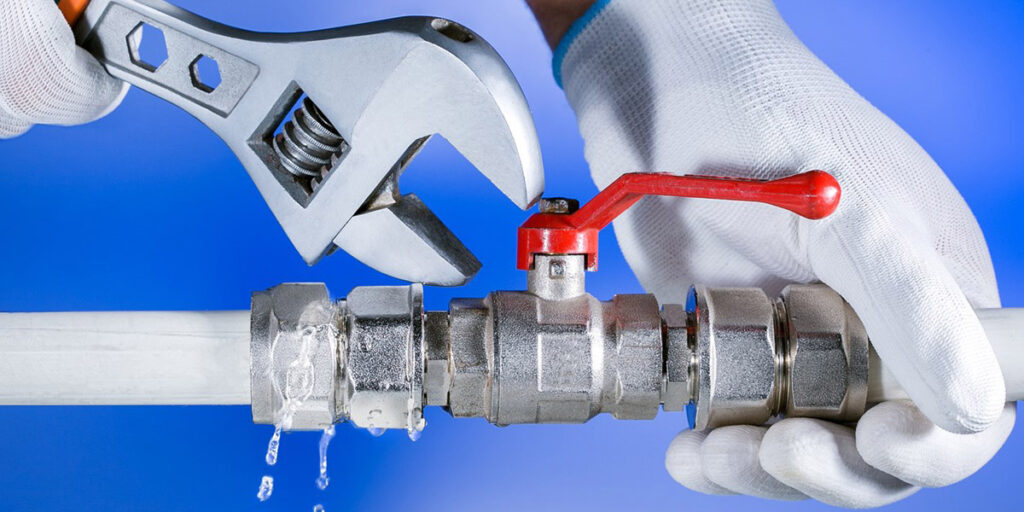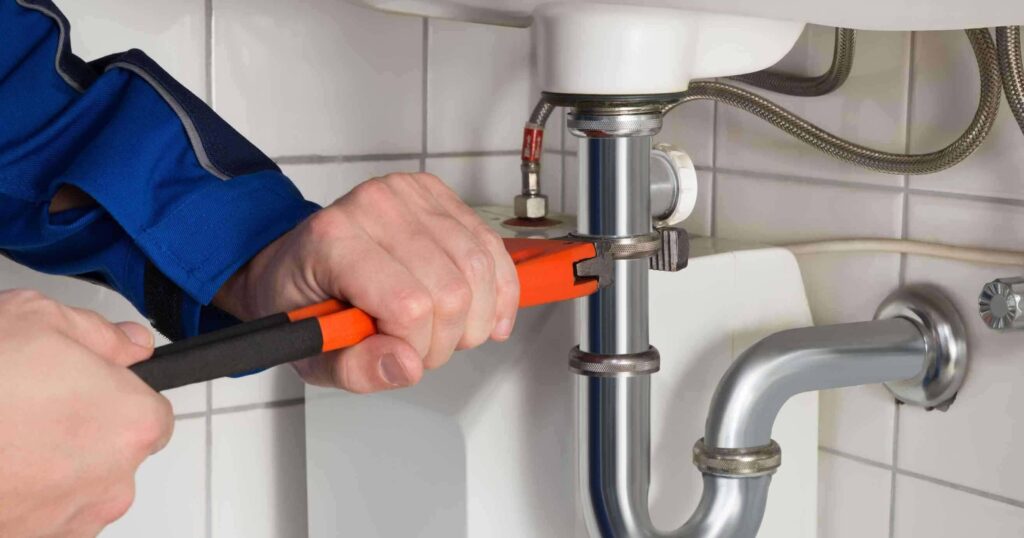
Plumbing is one of the most essential systems in any home. It’s responsible for delivering clean water, removing waste, and regulating temperature. However, with great importance comes great responsibility! As a homeowner, it’s crucial to understand the basics of plumbing to avoid costly repairs and potential disasters. In this blog post, we’ll go over five basic plumbing tips that every homeowner should know to keep their pipes flowing smoothly. Whether you’re a new or seasoned homeowner, these tips will help you maintain your plumbing system and save you time and money in the long run.
What Is Plumbing?

Plumbing is the system of pipes, fittings, and fixtures that bring water into a home and remove waste. It involves both the supply of clean water and the removal of wastewater from sinks, toilets, showers, and other appliances.
The plumbing system in your home can vary depending on how old it is or where you live. However, there are two main types: potable (water for consumption) and non-potable (wastewater). Potable water comes directly from the municipal supply through a metered connection; otherwise known as “city water”. The non-potable piping takes used-up household wastewater out to be processed by a septic tank or sewage treatment plant.
While not often thought about until something goes wrong with them, working plumbing systems are essential for daily life. From cooking to bathing to cleaning clothes – all these tasks require proper functioning plumbing!
The Different Types Of Plumbing

Plumbing is an essential component of any home. It involves the installation, maintenance, and repair of various water systems that provide a safe and reliable supply of clean water for daily use. There are different types of plumbing systems, each serving a specific purpose.
The most common type of plumbing is the supply system which provides cold and hot water to your faucets, showerheads, toilets, and other fixtures in your home. This system usually consists of pipes connected to a centralized source such as a well or municipal water supply.
Another type is the drainage system which removes wastewater from your home into the city sewer or septic tank. The drainpipes are sloped downwards to allow gravity to take charge hence preventing blockages.
Venting plumbing serves as an aid for proper functioning in both drainage and supply lines by regulating air pressure within them thereby preventing any malfunctioning or damage caused due to vacuum formation inside pipes.
Lastly comes gas piping that comprises all necessary pipe works required for gas appliances like stoves and ovens. They require careful planning during installation since they pose significant risks if not done correctly.
Understanding these different types will help homeowners make informed decisions when it comes to installing new systems or repairing existing ones while also ensuring their safety at all times.
The Most Common Plumbing Problems

Plumbing issues are inevitable and can cause major headaches for homeowners. The most common plumbing problems include leaky faucets, clogged drains, running toilets, low water pressure and faulty water heaters.
Leaky faucets are a nuisance that can waste gallons of water over time. They’re usually caused by worn-out washers or O-rings within the faucet assembly. If left unfixed, they’ll not only increase your monthly water bill but also lead to more serious damage in the long run.
Clogged drains occur when there’s an obstruction in the pipes preventing proper drainage. This is often caused by hair buildup, food particles or foreign objects being flushed down the toilet. It’s important to address these issues promptly before they escalate into bigger problems like burst pipes.
Running toilets are another common plumbing issue that causes high water bills and can be quite noisy. Usually caused by a malfunctioning flapper valve or fill valve in the tank, this problem can easily be fixed with some basic DIY skills.
Low water pressure is frustrating when taking a shower or washing dishes because it reduces flow rate making daily tasks take longer than usual. It could be due to mineral buildup in pipes causing blockages or leaks somewhere along your system which need professional attention.
Faulty hot-water heaters pose safety risks and cost you money on energy bills if left unchecked. Signs of trouble include loud noises coming from inside the unit as well as rusted parts around its base.
How To Prevent Plumbing Problems

Prevention is always better than cure, and this applies to plumbing problems too. By taking a few simple steps, you can prevent many of the common plumbing issues that homeowners face.
One important step is regular maintenance. Get your pipes checked by a professional plumber at least once or twice a year. They will inspect the pipes for any damage or leaks and fix them before they turn into bigger problems.
Another way to prevent plumbing issues is to be mindful of what you put down your drains. Avoid pouring grease or oil down kitchen sinks as they can clog the pipes over time. Similarly, avoid flushing non-degradable items like wet wipes or sanitary products down toilets, as they can cause serious blockages in your sewage system.
In addition, make sure that all fixtures are properly installed and sealed tightly to prevent water leaks. Check under sinks and around faucets regularly for signs of moisture or dripping water.
Keep an eye out for any changes in water pressure or unusual sounds coming from your pipes – these could be indicators of larger problems brewing beneath the surface.
By following these basic preventative measures, you can save yourself time and money on costly repairs down the road while keeping your home’s plumbing running smoothly.
How To Fix Plumbing Problems

Fixing plumbing problems can seem daunting, but with a little know-how and some basic tools, many issues can be resolved without calling in a professional plumber.
Firstly, it’s important to turn off the water supply before attempting any repairs. This will prevent further damage and ensure your safety while working on the system.
Next, identify the problem area and gather the necessary tools such as pliers or wrenches, pipe cutters or sealant tape. For minor leaks or drips from pipes or faucets, tightening connections may solve the issue. If not, replacing washers or gaskets in taps may do the trick.
For clogs in sinks and toilets, try using a plunger first to dislodge any blockages. If that doesn’t work, purchase a drain snake tool to remove deeper clogs.
When dealing with larger issues like burst pipes or major leaks it’s best to contact a licensed plumber who has experience repairing these types of problems safely and efficiently.
Remember that proper maintenance can help avoid future plumbing problems so always keep an eye out for warning signs such as slow-draining sinks and low water pressure.
Conclusion
Plumbing is an essential part of every homeowner’s life. Knowing the basics can save you a lot of money and headache in the long run. Remember to keep your pipes clean, fix leaks as soon as they appear, avoid putting harmful substances down the drain, and seek professional help when necessary.
By following these five basic plumbing tips for homeowners, you’ll ensure that your home has a healthy and efficient plumbing system that will last for years to come. So don’t hesitate to implement these tips today!

